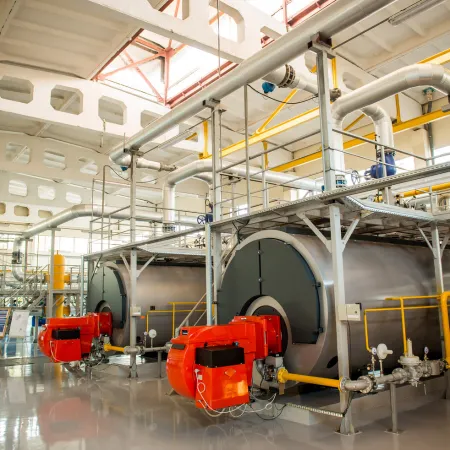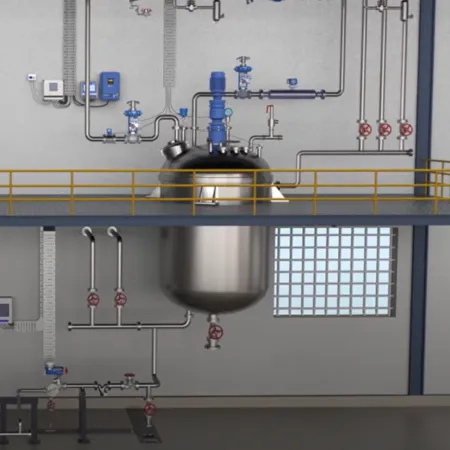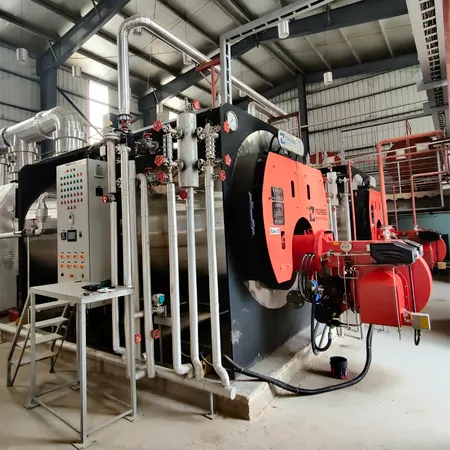Optimising Jet and Soft Flow Dyeing Performance
Dyeing is a critical process in the textile industry where textile materials—like fiber, yarn, fabric, or finished garments—are immersed in an aqueous solution also known as the dyebath that contain dyes and various auxiliary chemicals. The goal of this process is to give the material a desired, permanent, and uniform color with good colorfastness i.e. the resistance to fading from washing, light, or rubbing.
A Typical Batch Dyeing Process
The typical batch dyeing process involves the following steps:
- Preparation or Pre-treatment: In this step the fabric is cleaned to remove impurities, waxes, and sizing agents, ensuring maximum absorbency and uniform dyeing.
- Dyeing: The material is loaded into the dyeing machine and exposed to the dyebath at a controlled temperature and pressure.
- Fixation: Chemicals are often used to chemically bond the dye to the fiber.
- Washing or Post-treatment: Excess, unfixed dye and chemicals are thoroughly washed away.
- Drying and Finishing: The dyed material is dried and often subjected to finishing treatments to achieve the final desired physical properties.
While there are several types of dyeing machines and processes like jet dyeing, jigger dyeing, winch dyeing etc. used in the textile industry, we will specifically address jet dyeing and soft flow dyeing in this blog.
Long Jet or Long Tube Dyeing Machines
The long jet dyeing machine features a relatively long, horizontal storage chamber or tube. The fabric, in a rope form, is transported by a powerful jet of dye liquor shot through a venturi nozzle. The long storage tube allowed the fabric to move in slow, gentle folds before returning to the nozzle for the next cycle.
The powerful, high-velocity jet needed for transport could create tension on the fabric, potentially damaging very delicate materials or causing surface abrasion and crease marks due to the fabric resting on the bottom of the long tube for too long.
The U-Jet design introduced an improvement in jet dyeing machines by modifying the shape of the fabric storage area, usually to a more compact, U-shaped chamber. The redesign often focused on reducing the time the fabric spends stationary or under compression, thereby minimising crease formation and improving overall efficiency. This represents an evolution towards more compact and gentle machinery.
Soft Flow Dyeing Machines
The Soft Flow Dyeing Machine addresses the core limitations of high-force jet dyers, making it ideal for delicate knits, wovens, and stretch fabrics that are highly prone to damage or creasing.
Challenges in Jet and Soft Flow Dyeing
The dyeing process is resource intensive and typically involves heating, holding, and cooling steps, where steam and cooling water interact in a common heat exchanger to adjust the liquor temperature. Soft flow machines generally consume about 35% to 40% of a plant’s total steam, while jet dyeing machines consume slightly less, around 30% to 35% of the total steam.
Common challenges that hinder performance of jet dyeing and soft flow dyeing process include:
- Temperature Control Instability: Using higher steam pressure than necessary, combined with conventional steam temperature control valves, results in greater temperature variations. These temperature overshoots significantly increase steam consumption and electrical energy usage. When the temperature exceeds the set point, cooling water must be circulated to bring the temperature back down, which can lead to hammering (or ringing) in the heat exchanger and ultimately affect machine uptime.
- Heat Transfer Loss due to Condensate Issues: Poor condensate evacuation, often caused by conventional steam trapping, hinders efficient heat transfer. This results in lower temperature gradients, which lead to extended batch times and a reduction in productivity and product quality. Furthermore, bypassing the steam trap to evacuate condensate results in considerable steam loss.
- High Resource Consumption: Traditional management of liquor ratios frequently leads to excessive water addition to the machine. This necessitates more steam for heating, increasing specific water consumption and effluent loads.
- Condensate Recovery Problems: Without an effective system to segregate condensate from cooling water, contamination occurs. This contamination increases the Total Dissolved Solids (TDS) and decreases the temperature of the condensate, making it unsuitable for recovery and reuse in the boiler feed water tank.
- Ineffective Waste Heat Recovery: Heat from the liquor is often not effectively recovered because waste heat recovery systems are frequently bypassed due to choking issues, resulting in higher specific energy consumption.
Optimising performance of jet dyeing and soft flow dyeing process
A holistic approach to optimising machine performance involves addressing steam supply, temperature management, water usage, and heat recovery.
Key optimisation steps include:
- Optimising Steam Supply: Performance can be improved by optimising the steam supply pressure delivered to the dyeing machine.
- Precise Temperature Control: Implement systems for the precise control of process temperatures and gradients. For soft flow machines, this solution can include built-in steam indication. This precision eliminates temperature overshoots that waste energy and cause equipment stress.
- Accurate Liquor Ratio Management: Establish accurate control of liquor ratios based on measured water quantity to prevent excessive water addition.
- Effective Condensate Management:
◦ Ensure effective segregation of cooling water and condensate to maintain the quality of the condensate.
◦ Employ effective condensate evacuation systems, ideally those with real-time trap health monitoring, to maximise heat transfer and minimise batch times.
◦ Implement complete recovery of condensate and flash steam. - Enhanced Heat Recovery: Integrate solutions for heat recovery from the liquor to reduce specific energy consumption.






